The Importance of Decorating Your Room

Introduction to Room Decoration
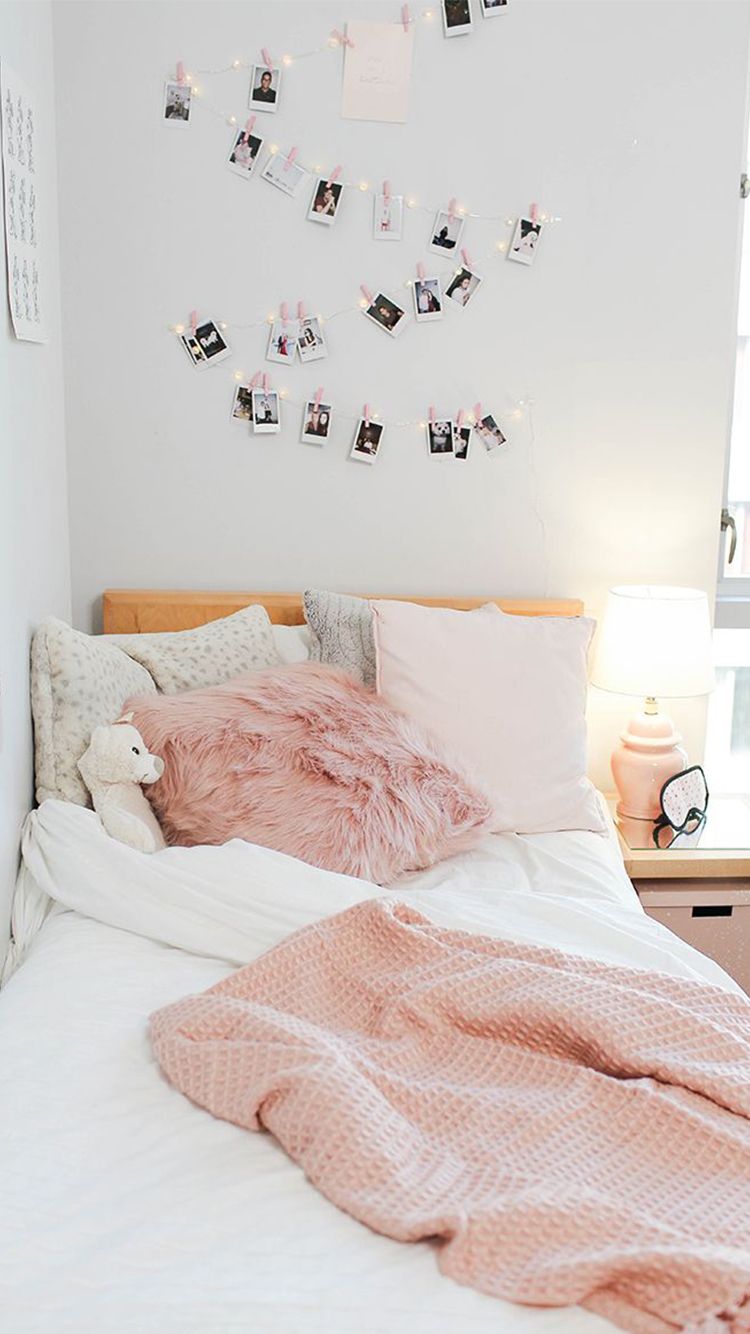

Room decoration goes beyond mere aesthetics; it’s about creating an environment that reflects your personality, enhances your mood, and fosters productivity. Whether you’re in a rental or your forever home, personalizing your space can significantly impact your daily life, mental health, and even your creativity.
The Psychological Benefits of Room Decoration
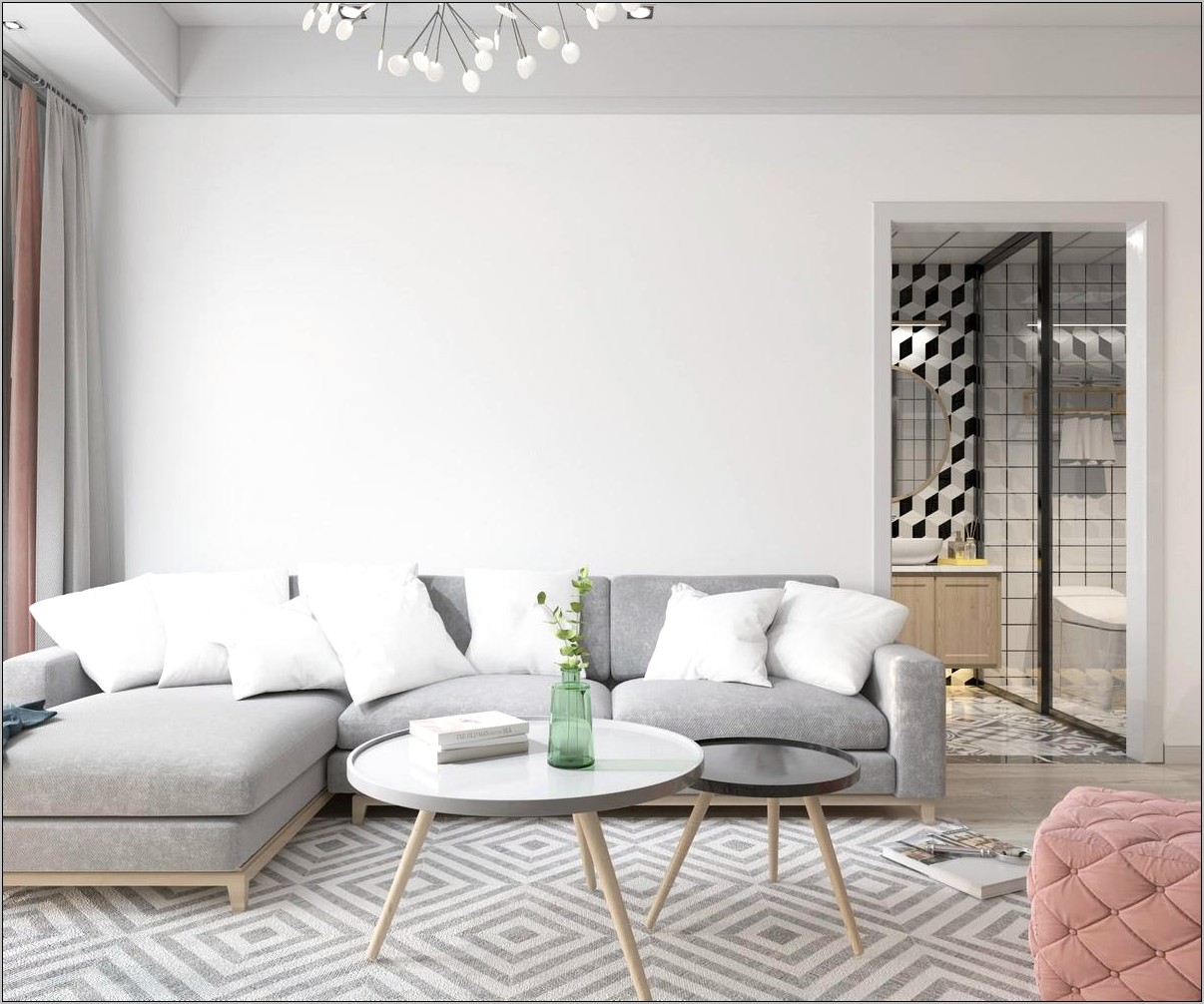
Spaces that are thoughtfully decorated can have profound effects on our psychology:
- Stress Reduction: Clutter and chaos can lead to stress. A well-organized, beautifully decorated room can be a haven where stress melts away.
- Mental Health: Colors, textures, and natural elements like plants can improve mood, reduce anxiety, and promote well-being.
- Boosting Creativity: A stimulating environment can inspire creativity, whether you’re an artist or not, by fostering a sense of inspiration and calm.
Key Elements in Room Decoration

To create a room that both looks and feels good, you need to focus on several key elements:
Color Schemes
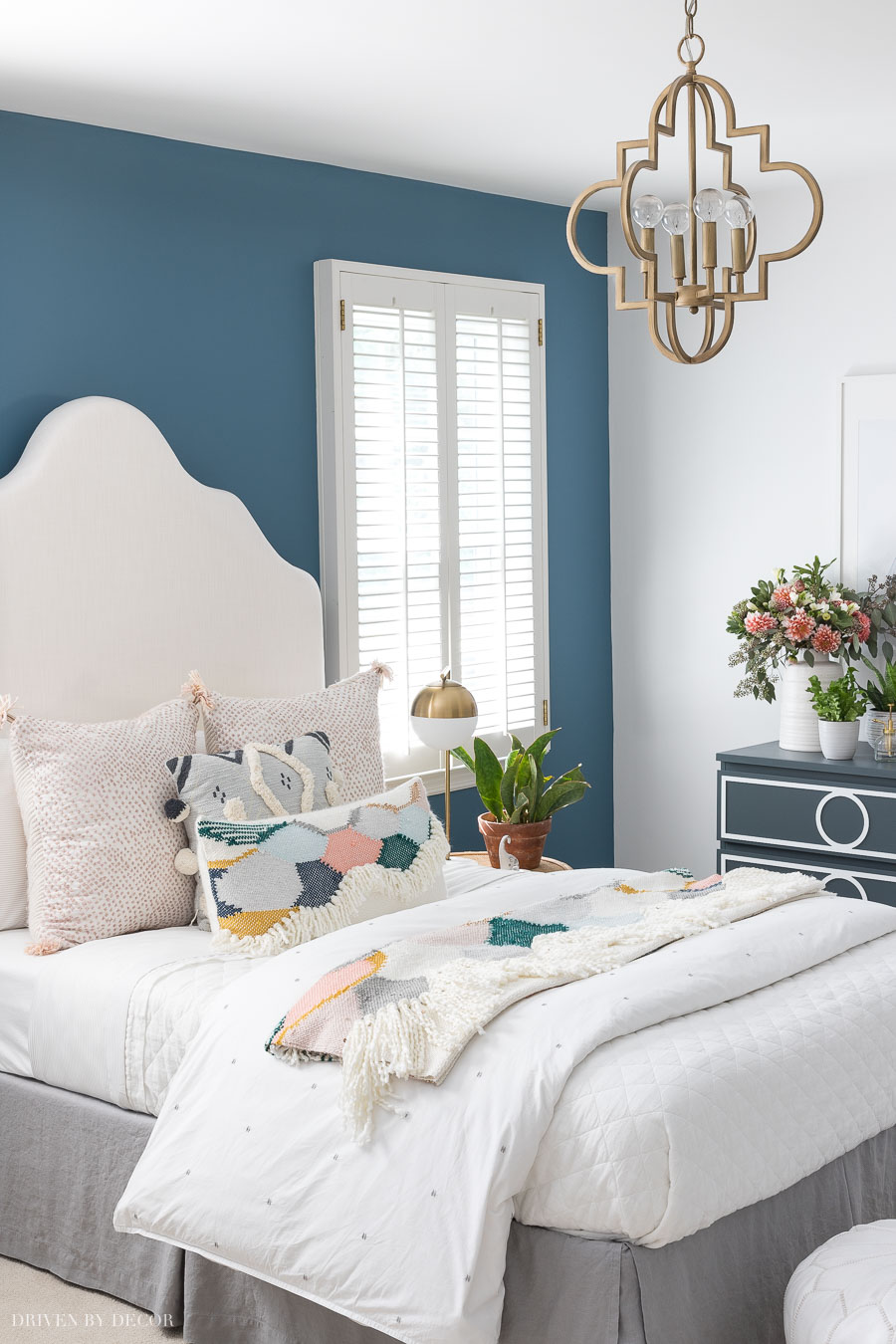
Color is one of the most powerful tools in decoration:
- Choose colors that reflect your mood or the mood you want to achieve. For a calming bedroom, consider muted tones or pastels.
- Consider the psychological effects of colors. Blues and greens are calming, reds energizing, and yellows can uplift.
Lighting
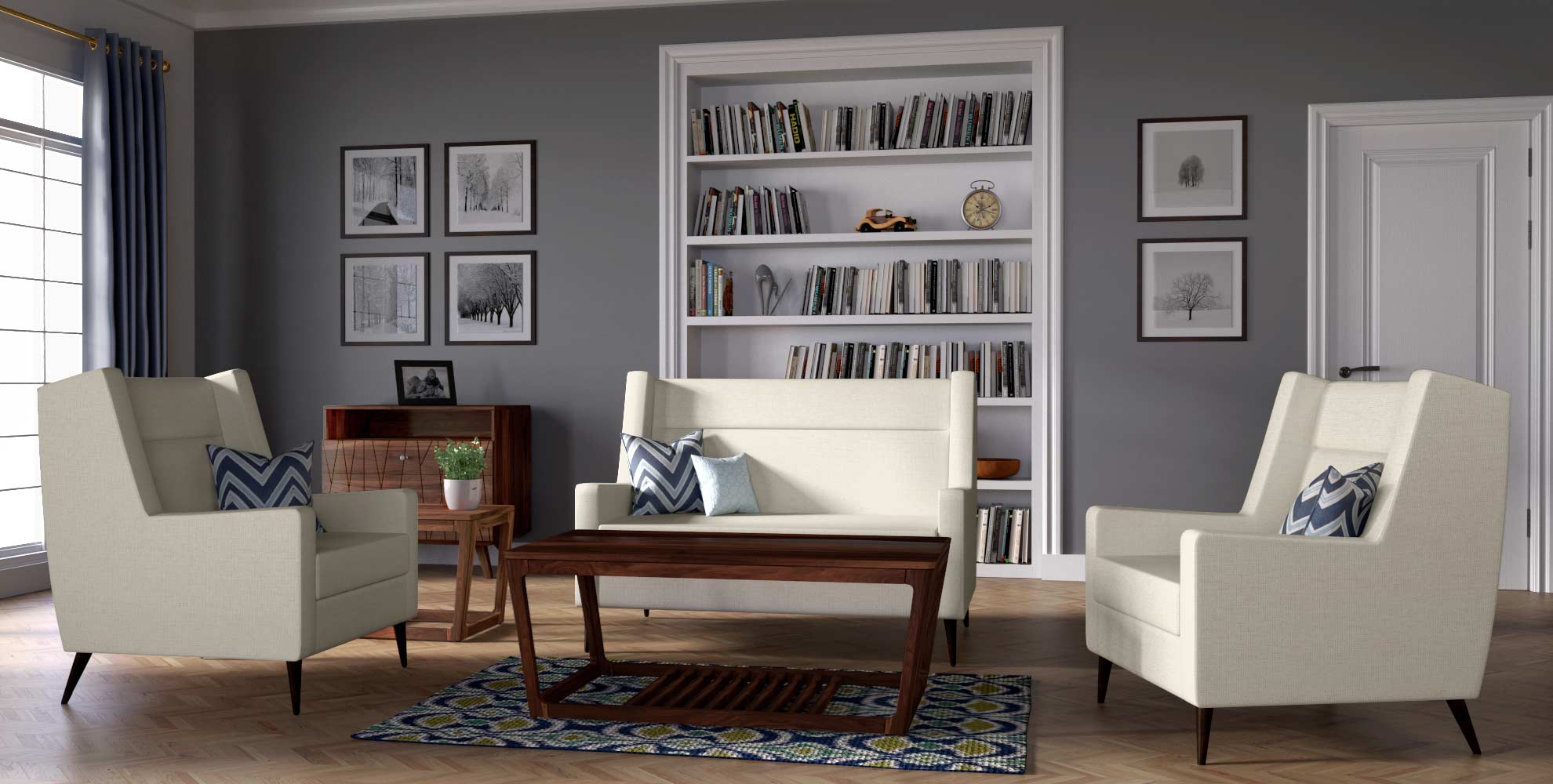
Lighting plays a crucial role in setting the room’s atmosphere:
- Natural light is best, but ensure your room’s layout maximizes this. Use light-colored curtains or blinds to diffuse light beautifully.
- Ambient lighting, task lighting, and accent lighting can all contribute to the mood of the room. Mix and match types to suit different activities or times of day.
Furniture and Layout

The furniture you choose and how you arrange it can define the functionality of your space:
- Go for versatile pieces. Furniture that can serve multiple purposes can save space and create a dynamic room.
- The layout should promote movement and accessibility. Don’t block natural pathways, and ensure there’s enough space for everything.
Textures and Patterns

Add depth and interest through various textures and patterns:
- From fluffy cushions to wooden surfaces, textures can make a room feel more lived-in and tactile.
- Patterns can be subtle or bold, but they should harmonize with the room’s overall aesthetic to avoid visual overwhelm.
Personal Touches

Personal touches make your room unique:
- Photographs, artwork, or DIY projects can tell your story and create a personalized space.
- Personal items like books, travel souvenirs, or collectibles can make a room feel warm and welcoming.
Creating a Cohesive Theme
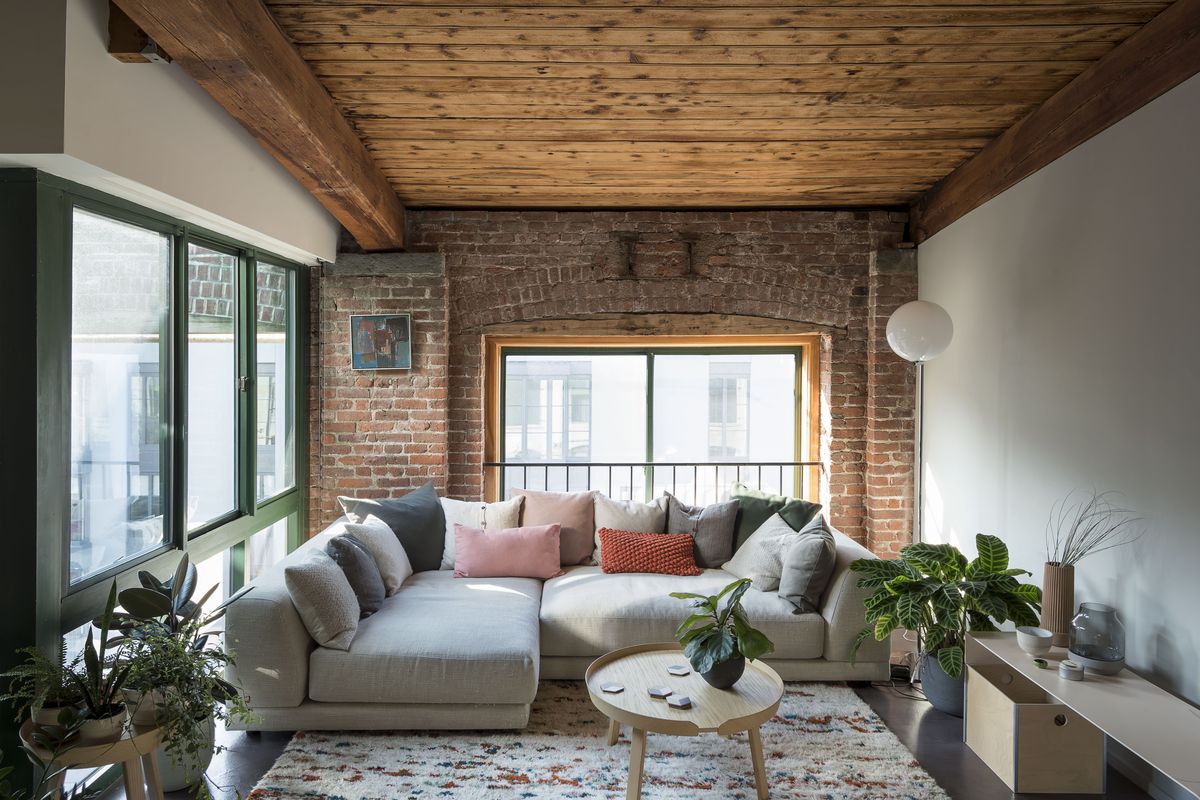
Your room’s theme is the backbone of its design:
- Unify Elements: Choose a theme that speaks to you, whether it’s minimalist, bohemian, modern, or vintage. Then, ensure all elements align with this theme.
- Accessories: Use accessories like cushions, lamps, and decor pieces to reflect your theme. These can be easily swapped to update your decor without much investment.
🔗 Note: Start with a mood board or Pinterest board to visualize your theme before making purchases.
Integrating Smart Solutions for Small Spaces
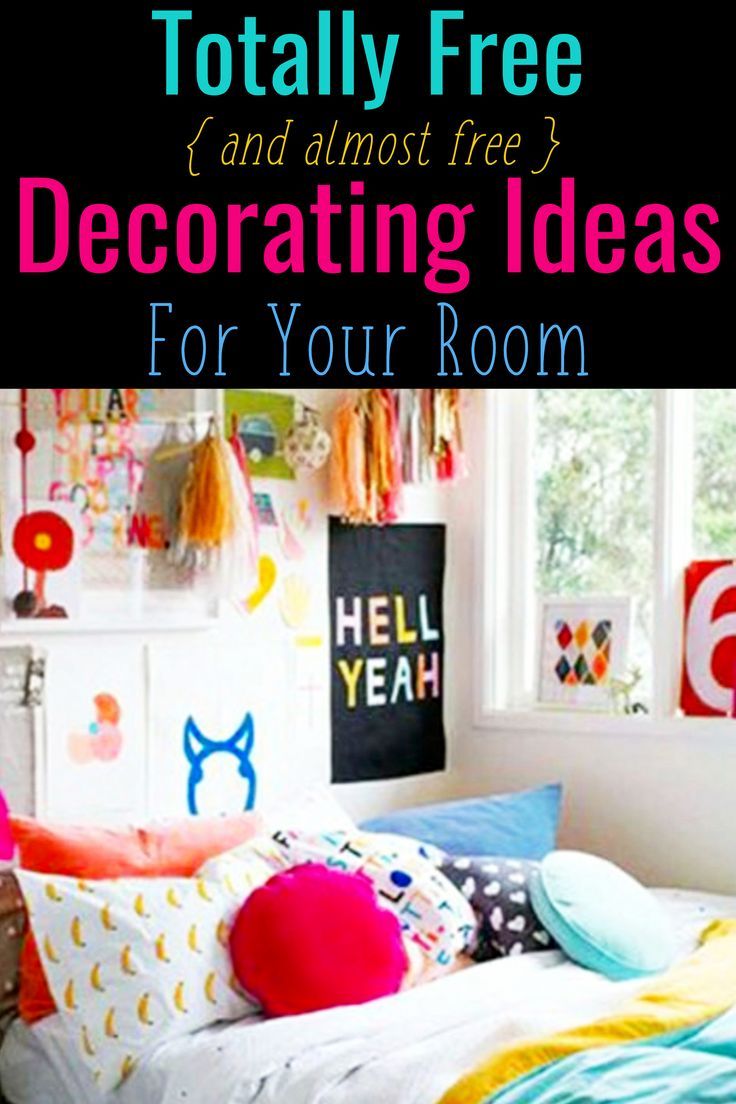
For those in smaller living quarters, here are some smart solutions:
| Challenge | Solution |
|---|---|
| Space Limitation | Multi-purpose furniture like a bed with storage underneath or a foldable desk. |
| Storage | Utilize vertical space with shelving, hooks, and even over-the-door organizers. |
| Light | Use mirrors to bounce light around and make the room feel larger. |

💡 Note: Consider space-saving furniture that can adjust to different needs throughout the day or year.
Room Decoration on a Budget
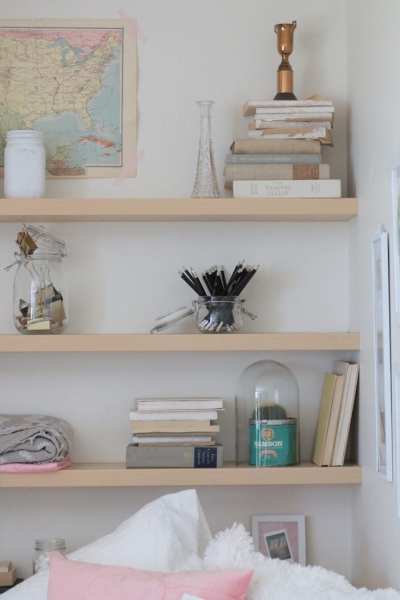
Decorating doesn’t have to break the bank:
- DIY Projects: Create custom art, frames, or even furniture with a little ingenuity.
- Shop Secondhand: Thrift stores, garage sales, or online marketplaces offer unique items at a fraction of the cost.
- Repurpose: Old items can find new life; a vintage trunk can be a coffee table, or old jars can become storage.
The Impact of Room Decoration on Productivity and Well-Being

A well-decorated room does more than just look good:
- Productivity: An organized, inspiring space can make focusing on tasks easier.
- Well-Being: Personal touches can provide comfort, reducing feelings of isolation or sadness, especially in times of solitude.
As we wrap up, remember that room decoration is a personal journey. It's not about following trends but about creating a space that resonates with you, enhancing both your life and your environment. Reflect on how each element, from color to texture, contributes to your overall well-being, and consider even the smallest changes that could make a big impact. By fostering a space that feels like an extension of yourself, you'll unlock the potential for a more productive, relaxed, and inspired life.
What are some benefits of room decoration?
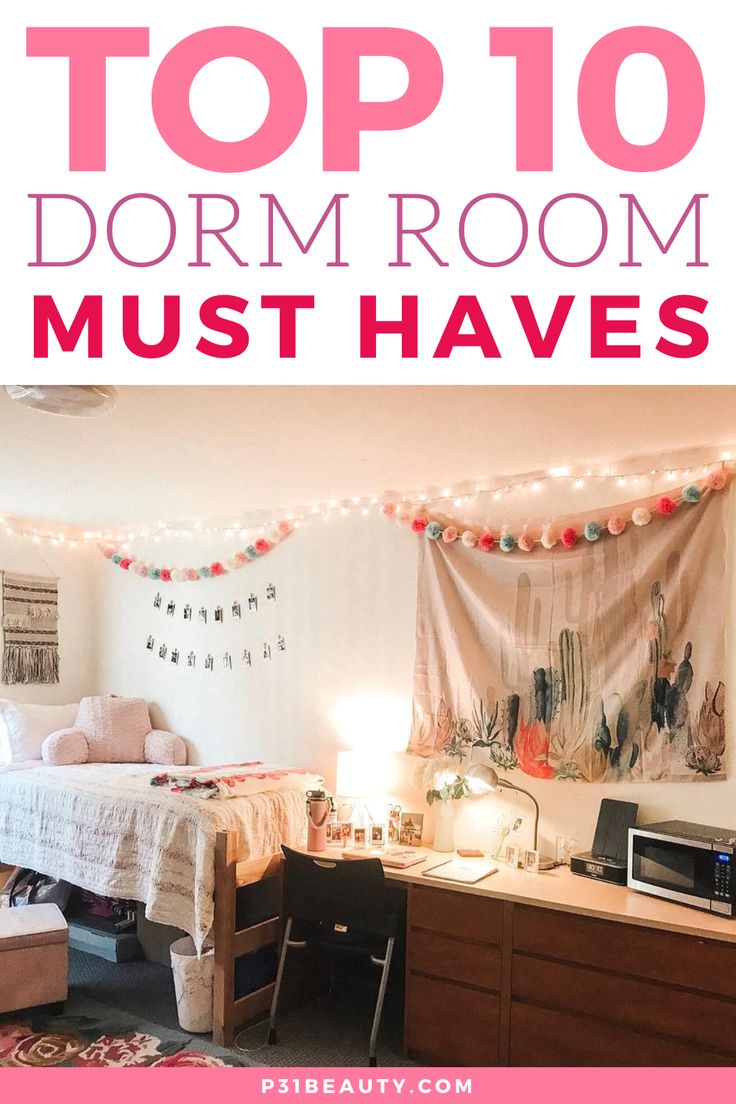
+
Room decoration can reduce stress, improve mental health, and enhance productivity through visual and sensory stimulation.
How can I decorate my room on a budget?

+
Shop at thrift stores, repurpose existing items, and engage in DIY projects to personalize your space without spending much.
What’s the best way to start decorating a room?
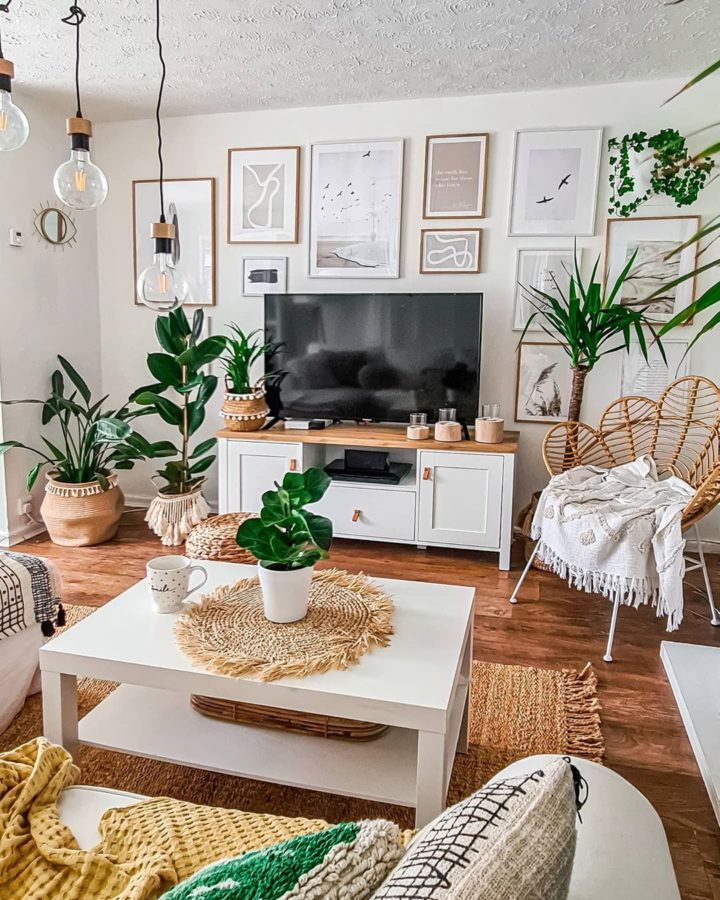
+
Begin by defining a theme or mood you want to create, then consider the layout, furniture, and colors to build upon this vision.